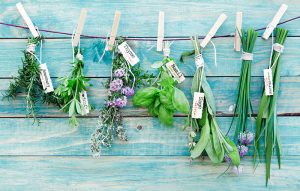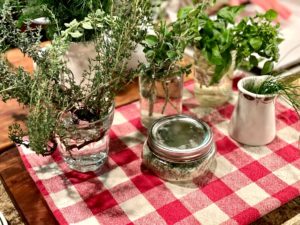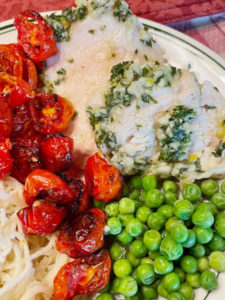It’s Thyme to Learn about Herbs
It’s Thyme to Learn about Herbs
Culinary herbs are herbaceous plants meaning they have non-woody stems, their above ground growth typically dies back in winter and may have underground plant parts to it. Herbs are a renewable resource used to add flavor and color to all types of meal for centuries. Herbs have also been known in history to be used… Read More »

A large amount of the herbs in the U.S. are perennials meaning they come back year after year including these varieties; sage, chives, oregano, thyme and mint. These herbs also happen to represent the most favored herbs and let’s not forget to include the very popular parsley. Parsley happens to be a biennial plant meaning it completes its life cycle in two years. Some herbs are also annual plants meaning they germinate, flower, set seed and die all in one season. Annual herbs include basil, chervil, cilantro and dill.
Herbs have a rich history and variety of use applications including to ward off pests, clean or refresh natural surroundings or breath, have been used as disinfectants and natural beauty treatments as well as natural dyes. Herbs are great to grow at home in a window box garden or a small pot on your windowsill so you always have them readily available at hand. Learn how to prepare your garden for planting herbs with Miss Jenn by reading our blog here.

Fresh herbs are easy to store in your refrigerator, they need a quick trim of the stem before being placed in a jar of water with the top covered in a plastic bag. They will keep for at least a week this way.
Start your culinary cooking adventure by using fresh herbs to make your own delicious creations including; homemade sauces, dips and
Try these fabulous recipes from Miss Jenn for herb garlic seasoned chicken and chive herb crepes today!
Best wishes from our Farm Kitchen to yours! xo







